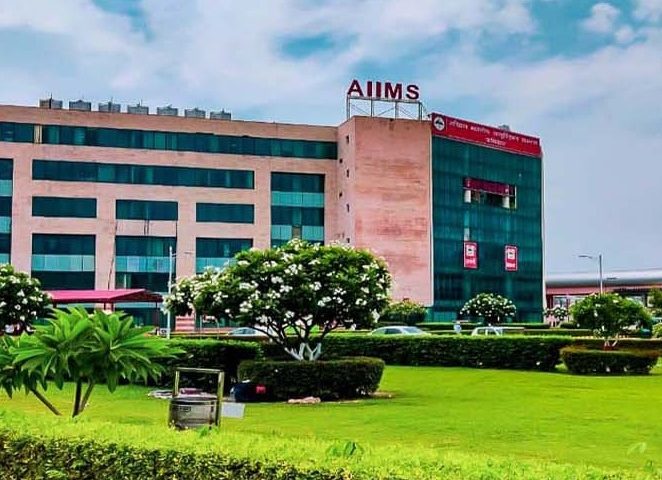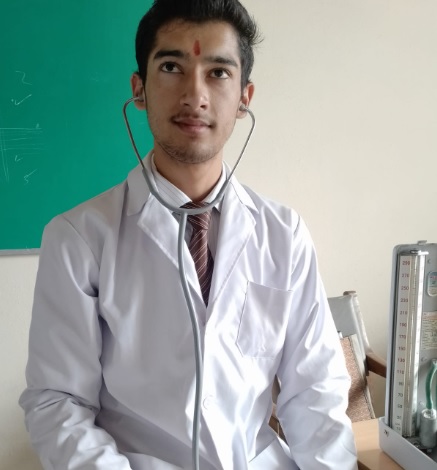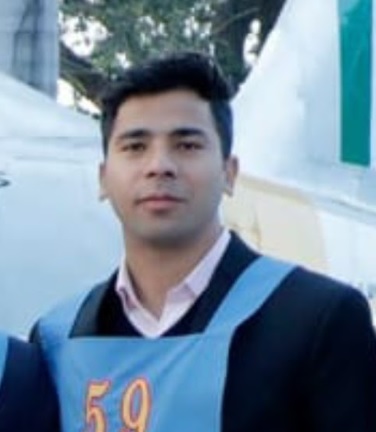“Rishikesh is very far.”

How people in the Himalayan hills suffer due to inadequate health care facilities
Straining her eyes to look at an overcast sky full of dark clouds, Sarita Devi asked a jeep driver at Chaukori’s taxi stand, “ Is the road to Almora cleared yet? I need to catch a bus from Haldwani this evening so that I can reach Rishikesh tomorrow morning?” There was a quiver in her voice. Sarita was doubtful if she could reach Rishikesh in time for her morning appointment at AIIMS (All India Institute of Medical Science) hospital. No one knew when the road would be cleared of landslides and vehicles were allowed to move.
It’s difficult to predict things in the Himalayan hills especially during monsoon season, when the floodgates of skies open and it pours incessantly. Rivers overflow, roads get blocked or washed away, electricity supply and communications get disrupted by heavy rains and unstable mountain terrain. In short, life comes to a standstill. But Sarita had to reach Rishikesh for her therapy session. She had been recently diagnosed with stage 3 breast cancer.
The sacred place for Hindus, Rishikesh, is situated on the banks of the holy Ganga river, which is near Dehradun, the capital city of Uttarakhand. From Haldwani, a burgeoning town near the foothills of Kumaon Himalayas, Rishikesh is about a 6 hour journey by bus or train. To reach Haldwani from Choukori, it’s an arduous drive on the hill roads, which could take anywhere between 9 hours to 12 hours depending on the weather and road condition. Also the limited means of public transportation make the journey even harder. From Chaukori, it takes more than 15 hours to reach the AIIMS hospital in Rishikesh. Here the government runs a cancer treatment medical facility serving all of the state of Uttarakhand. No wonder the long journey tests the patience of the patients.
AIIMS, Rishikesh, by the river Ganga
Sarita was not native to Chaukori. She and her family moved from Seraghat, a small village by the river Saryu, that emanates from the high Himalayas in Kumaon. Her husband Trilok is a truck driver, who suffered from a congenital leg muscle disease that made him partially handicapped. He received medical treatment but to no avail. The couple had two girls and one boy. With no good schools in their home village, Sarita and Trilok moved to Chaukori in order to enroll their children in the prestigious and well regarded Himalayan Inter College (HIC).
Uprooted from their traditional farming life, the family struggled for survival. Eventually Sarita found employment at HIC’s tea and vegetable garden. The earnings from her work augmented the family income which helped them to pay their house rent and their kids’ tuition fees. Because of their financial hardships, the girls qualified for Himalayan Education Foundation scholarships which covered half of the tuition fees. And life went on more or less steadily for 10 years.
Then came the heartbreaking news. Neither Sarita nor her family could imagine that she would suffer from a disease like cancer. For a year or so before the diagnosis, she frequently felt pain in her chest and often fell sick. The nearest community health center is at Berinag and the district hospital is at Bageshwar, 45 km away from Choukori. Though she consulted the doctors there, they could not detect the underlying disease. The hospital does not have the advanced diagnostic facilities and specialists in oncology. Only when she was referred to a better medical facility, the actual cause of her sickness came to light. And the valuable time for early medical intervention was sadly lost.
Community Health Center, Berinag (Photo: Hem Joshi)
District Hospital, Bageshwar (Photo:Kavitha Upadhyay)
It’s the year 2020. The world was in the throes of COVID pandemic. There were lockdowns, layoffs, travel restrictions and a general fear of uncertain times. The diagnosis came in the midst of COVID chaos. Life became doubly difficult for Sarita Devi. Her only hope was the AIIMS hospital, Rishikesh, which is more than 500 km away. The arduous hill road journeys by public transport and high costs of travel during the pandemic made life even harder. Sarita’s frequent visits to the oncology center in Rishikesh for treatment put immense strain on her fragile health. In spite of these difficult circumstances and deteriorating health, Sarita underwent chemotherapy treatment and later a surgery.
The family’s financial situation was strained further. The pandemic had dampened the economy and Sarita Devi’s husband lost his job. Himalayan Naari, a local women’s collective, came to their aid and provided financial assistance from their emergency Medical fund (provided by the KOEFF Foundation). With this financial help Sarita continued to travel almost monthly to Rishikesh for her medical appointments. In spite of these best efforts, Sarita declined rapidly and she breathed her last in December, 2022. She was 42 years old.
Sarita Devi (1980 – 2022)
Inadequate medical facilities in the hill areas, a dearth of medical specialists, long and expensive journeys to better hospitals in the plains, and a lack of education about health and diseases make life difficult for the people living in the Himalayan highlands.The government needs to drastically improve the health care facilities throughout the hill communities. At least the diagnostic facilities should be set up nearby so that treatment could take place in the early stages of a disease.
Self-help groups like Himalayan Naari are conducting health camps for the women and girls in the Chaukori area. Screening tests for Anaemia, Diabetes and Hypertension are performed and the patients are given counselling and medical prescriptions. Awareness sessions are also held for the women to educate them about various health issues and how to take precautions so that they could prevent certain diseases. Creating proper diagnostic and treatment facilities and making them available to the hill people should be the top priority of the government, which enables better health standards and life prospects for the Himalayan communities. Let Sarita‘s life struggle be a wake up call for all.
Sarita, with her children
Sarita‘s daughters, Sheetal and Jyoti, continue their studies at HIC, Choukori and their education expenses are covered by HEF and HIC scholarships.They are in 12th and 8th standards respectively. Their brother Sumit too is studying 10th class at the same school. We are proud of their strength in the face of their loss and commit to support them through their education at HIC.
(Thanks are due to Kathy, Mamta, Monica, Pradeep, Prakash, Sheetal and Trilok for their valuable inputs and suggestions.)
———





